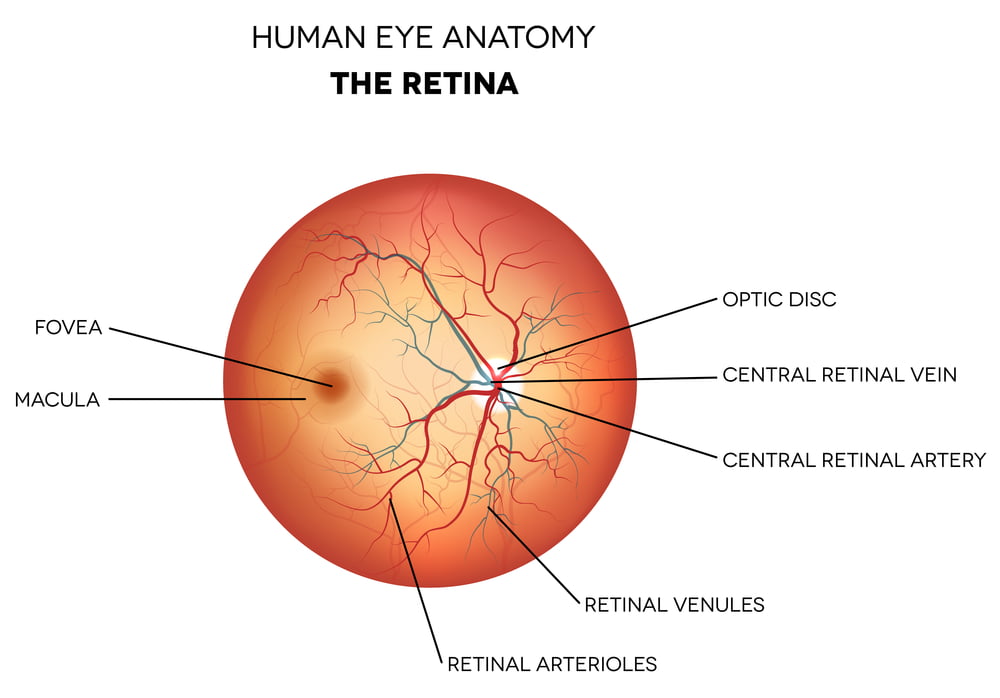
Curvature increases pressure loss, flow resistance and secondary flow, as well as pressure and lumen shear stress on the outer curvature. These and many other studies have shown that vessel curvature has significant effects on blood flow. examined the flow in a human femoral artery model with reverse curvature and measured the flow in a sinusoidal coronary artery model. A New Hypothesisīlood flow in the curved arteries, especially in the aorta, superior femoral arteries and coronary arteries, has been studied via experimental tests and numerical simulations. More research needs to be done to further elucidate the relationship between artery buckling and tortuosity. Furthermore, a recent in vivo experiment of rabbit carotid arteries and our ex vivo experimental evidence showed that axially offloaded arteries adapt over time and may become permanently tortuous in shape, suggesting that buckling may lead to tortuosity. These similarities suggest a possible link between vessel buckling and vessel tortuosity. A straight artery may develop into wavy tortuous shapes when the surrounding tissues are weakened by degenerative diseases. High blood pressure (hypertension), weakened wall due to internal elastic lamina/elastic fiber degradation and reduced axial stretch/tension not only lead to artery buckling in vitro and in vivo, but are also associated with a high prevalence of tortuosity in patients (as described in previous sections). Second, the mechanical factors that cause buckling are a risk factor for patients. Arteries surrounded by elastic matrix (gel) buckle into wavy shapes in vitro and tortuous arteries in vivo demonstrate waviness within the surrounding tissues. While vessel buckling and vessel tortuosity are two different phenomena, buckled arteries and tortuous arteries demonstrate great similarities. The complete understanding of arterial function and disease cannot be achieved without understanding the mechanical stability of arteries under pressure and flow. The stability of blood vessels under lumen pressure is essential to maintain their physiological function. While the mechanical stress and strength of the arterial wall as a biological tissue have been extensively studied, there are few studies on the stability of arteries as a functional structure.


It can also lead to mechanical instability and buckling of the blood vessels as tubular structures. A high mechanical stress can lead to injury to the cells and damage to the vascular wall. It has been well documented that mechanical stresses play important roles in regulating the function of vascular cells. These stresses are influenced by movement of the body, e.g. Cerebral Artery TortuosityĪrteries are subjected to significant mechanical stresses generated by lumen blood flow, pressure and surrounding tissue tethering. Arterial degenerative disease is often concomitant with internal carotid artery tortuosity, but is not always associated with it. Reduced wall thickness or lumen diameter is associated with a higher prevalence of tortuosity, although there is discrepancy among the clinical reports on the correlation between atherosclerosis and artery tortuosity. Carotid artery tortuosity is often reported in elderly populations with severe tortuosity and angulation being associated with aging. They are often associated with atherosclerosis and there is speculation that they could be a factor leading to atherosclerosis.

Tortuous carotid arteries are often reported in hypertensive patients. Severe tortuosity may lead to arterial kinking (acute angulation) which causes artery occlusion and is associated with severe symptoms including transient ischemic attack, stroke, hemiplegia and other cerebrovascular deficiencies. Clinical studies have shown that internal carotid artery tortuosity may lead to symptoms including dizziness, vertigo, syncopes, blackout or persistent tinnitus (ringing in the ears).


 0 kommentar(er)
0 kommentar(er)
